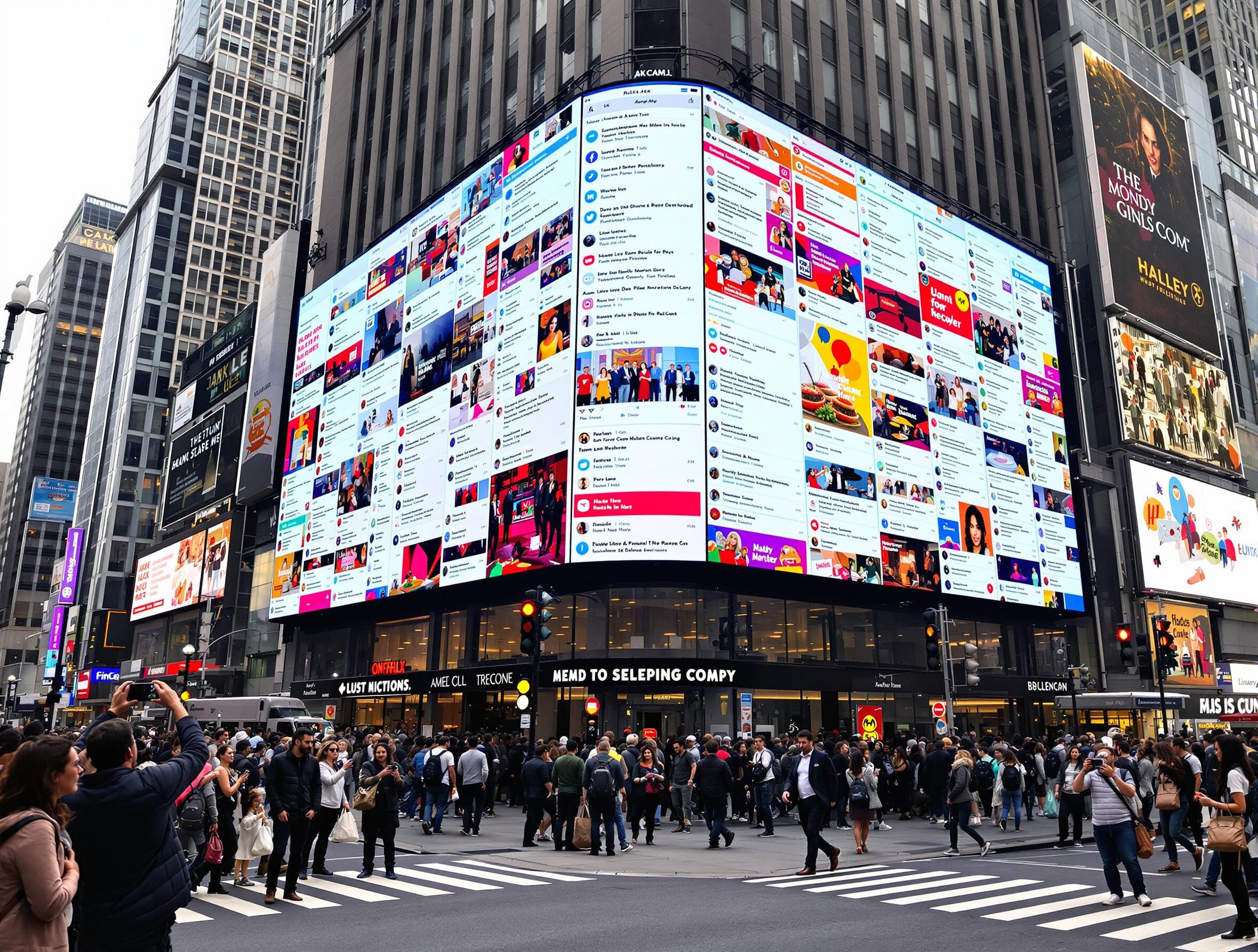· Rudraveer · 2 min read
The Future of Digital Signage CMS :Top 10 Trends to Watch

Introduction
As technology continues to advance, the landscape of digital signage content management systems (CMS) is evolving at an unprecedented pace. Businesses are constantly seeking innovative ways to engage their audiences, and the future of digital signage promises exciting developments.
Here are 10 key trends that will shape the next generation of digital signage CMS technology.
🎯 1. Enhanced Personalization
🔹 Future digital signage CMS will leverage advanced tracking of individual behaviors and demographics.
🔹 Businesses can deliver targeted messaging and personalized content, ensuring each viewer receives relevant information.
🔹 Solutions like 3Divi.ai will help platforms like Flickerwall push human-centric content and capture valuable insights such as ad viewership metrics, further optimizing engagement.
🤖 2. Artificial Intelligence Integration
🔹 AI will revolutionize digital signage with:
- 📌 Automated content creation
- 📊 Real-time analytics
- 🎭 Dynamic content adaptation based on audience responses
🔹 AI-powered moderation can filter inappropriate content based on audience demographics and context.
✋ 3. Interactive Capabilities
🔹 The next wave of digital signage will introduce:
- 📱 Touchscreens
- 🖐️ Gesture recognition
- 🔗 Mobile device integration
🔹 This will enable immersive user interactions and meaningful engagements.
☁️ 4. Cloud-Based Solutions
🔹 Cloud-based CMS platforms are on the rise, offering:
- ⚡ Scalability
- 🌍 Remote content management
- 📡 Real-time updates from anywhere

📈 5. Data-Driven Content Optimization
🔹 CMS platforms will harness real-time data analytics to:
- 🎯 Fine-tune messaging for maximum impact
- 📊 Track audience insights & engagement metrics
- 🔄 Enable continuous content optimization
🌐 6. Integration with IoT Devices
🔹 Digital signage will seamlessly integrate with IoT devices to enhance interactivity.
🔹 Nexmosphere’s solutions will enable:
- 📦 “Lift and Learn” interactions – displays change when a product is lifted.
- 📡 Sensor-based content triggers – screens react in real-time to audience behavior.
👉 Start Your Free Trial Now
No credit card required. Instant access. Risk-free.

